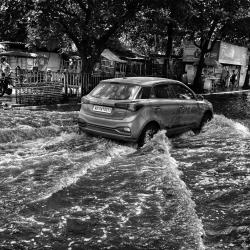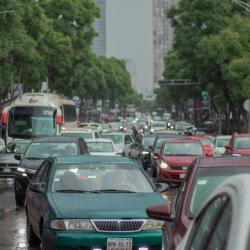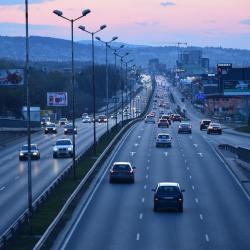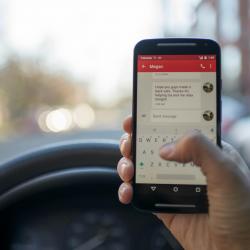How to Safely Navigate Through Fog and Low Visibility
Fog and low visibility conditions can present significant challenges to drivers, mariners, and pilots alike. When mist blankets the landscape, diminishing contrast and blur distance markers, safety becomes a paramount concern. However, by employing a few strategic measures and maintaining heightened awareness, you can navigate through these conditions safely.
Understanding Fog and Low Visibility
Fog forms when air near the ground cools, causing water vapor to condense into tiny liquid water droplets suspended in the air. This phenomenon can radically reduce visibility, often down to a few hundred feet or less. Low visibility can also result from heavy rain, snow, dust, or smoke, further complicating navigation.
For Drivers
1. Maintain Safe Speed:
It's vital to drive at a speed that suits the visibility conditions. In dense fog, your reaction time is significantly reduced, so slow down to ensure you can stop within the visible area ahead of you.
2. Use Appropriate Lighting:
Use fog lights if your vehicle is equipped with them, as they cut below the fog line. Always use low beams rather than high beams, as high beams reflect off the fog and impair vision further.
3. Keep a Safe Distance:
Increase the distance between your vehicle and the one in front. This buffer provides more time to react if the leading vehicle brakes suddenly.
4. Rely on Road Markings:
Follow the painted lines on the road to help judge the position of the vehicle. Avoid driving close to the road’s center line if you are in an area where there could be oncoming traffic.
5. Minimize Distractions:
Stay focused on driving and minimize distractions in the car, such as mobile phones or loud music. Your concentration levels should be at their highest.
6. Use the Right Lane:
On multi-lane roads, stick to the right lane. If you must stop, pull off as far as possible and turn on your hazard lights.
For Mariners
1. Deploy Radar and GPS:
Modern radar and GPS systems are crucial in low visibility. They allow captains to identify nearby vessels and obstacles even when they can’t see them directly.
2. Sound Signals:
Use sound signals as dictated by navigational rules to alert other vessels of your presence and position.
3. Reduce Speed:
Slow down to a speed that allows ample time to react to obstacles or other vessels that suddenly appear in view.
4. Monitor Weather Reports:
Stay updated with the latest weather forecasts and advisories. Knowing when and where fog is likely to form can help in planning a safe route.
5. Maintain a Vigilant Lookout:
Assign a crew member to watch specifically for boats, buoys, and other potential hazards. A vigilant lookout can significantly reduce the risk of collision.
For Pilots
1. Adhere to Instrument Flight Rules (IFR):
When flying through low visibility conditions, rely on IFR navigation systems. These instruments provide critical information that’s unavailable visually during fog.
2. Utilize Autopilot and Landing Systems:
Modern aircraft are equipped with autopilot and advanced landing systems that can guide planes safely through fog. Familiarize yourself with these systems.
3. Communicate with Air Traffic Control (ATC):
Maintain constant communication with ATC. Their guidance is crucial in preventing accidents and ensuring you’re following a clear path.
4. Weather Briefings:
Regularly check for updates on weather conditions. Take the necessary precautions or delay flights when density fog is advised.
Conclusion
Navigating through fog and low visibility requires preparation, awareness, and caution regardless of whether you are on the road, water, or in the air. By adjusting your speed, utilizing technology, and following established safety protocols, you can significantly reduce the risk associated with these challenging conditions. Prioritizing safety above all ensures that you, and those around you, remain unharmed.






















